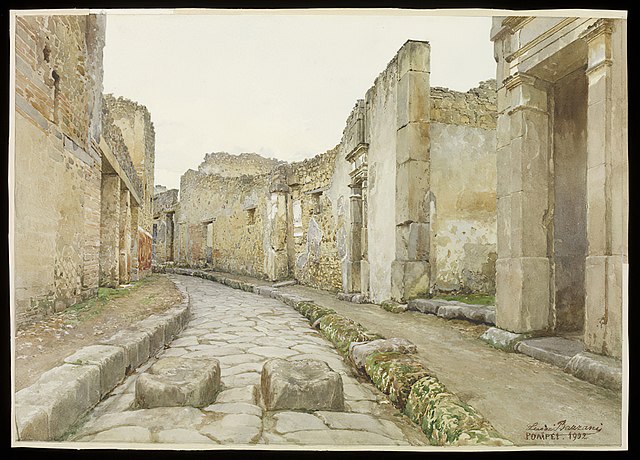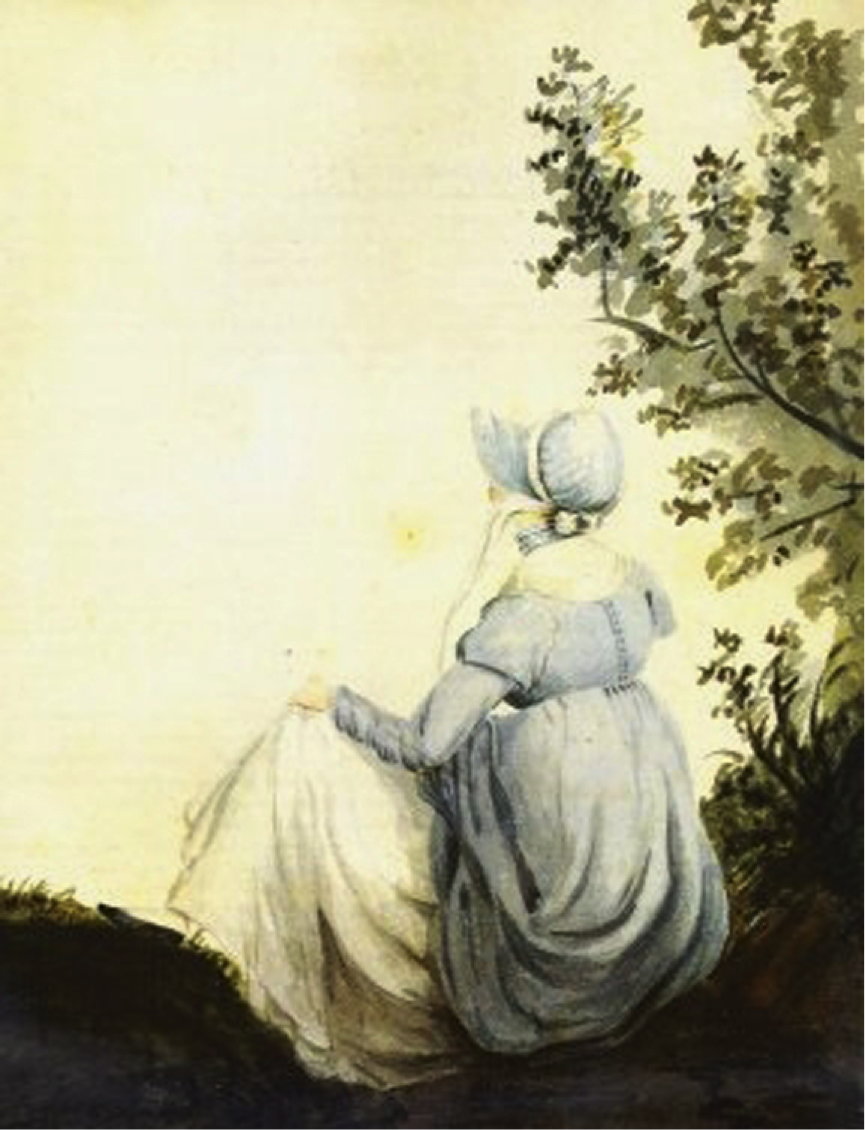Book Review by Brenda S. Cox
“They did not understand Margaret’s fascination with all things alive, all things in motion — the vagaries of breeze and brook, rainclouds swimming across the sky, all of Nature’s animate secrets.”—A Life of Her Own
Margaret Dashwood plays a minor part in Austen’s Sense and Sensibility. Austen writes, “Margaret, the other sister, was a good-humored, well-disposed girl; but as she had already imbibed a good deal of Marianne’s romance, without having much of her sense, she did not, at thirteen, bid fair to equal her sisters at a more advanced period of life.” In movie versions, she was totally left out in the 1981 BBC version, but in 1995 and 2008 she was given a friendship with Edward Ferrars that helps develop his character and kindness. In a little nod to those versions, Zomparelli’s Margaret buys her own atlas.

Wendy Zomparelli, in her lovely variation, A Life of Her Own, gives Margaret “a life of her own.” As a child, this Margaret loves observing nature, “sitting in the tall grass of the meadow, watching the ants greet one another in passing, or perched on a snow-dusted tree stump, patiently waiting for the fox to emerge from its burrow” “or watching a bumble-bee climb inside a foxglove and emerge covered with pollen, as if he had changed his striped waistcoat for solid yellow.”
She learns to love two (real) books, the Rev. Dr. John Trusler’s A Compendium of Useful Knowledge, Containing a Concise Explanation of Everything a Young Man Ought to Know, and The Childrens Cabinet, or Key to Natural History, given to her by her father, who shares and encourages her interests. Another book introduces her to archaeology and the mysteries of Pompeii, and she longs to visit it.
As she grows, her brother-in-law Edward becomes more prosperous, hiring “an energetic and able young curate to relieve him of many routine parish duties.” He spends his added free time with his family and his studies, which “opened new avenues of development for both his intellect and faith. The scientific discoveries of the age intrigued him; in his mind they continually provided new evidence of the beauty and rationality of the Creator’s plan. He had joined the Winchester and Hampshire Scientific and Literary Society, the ranks of which included numerous like-minded clergymen.”
Edward and Margaret read and discuss together scientific articles, including William and Caroline Herschel’s astronomical discoveries and the new science of oryctology, the study of fossils. “As Margaret read, Edward would pace the room in his excitement over the latest revelations of the richness and magnitude of Creation — a richness never before imagined, now becoming ever more apparent through the efforts of that most magnificent of God’s handiworks, the human brain.”
Margaret begins to write essays on items that interest her. She becomes friends with Mary Anning and Dr. James Parkinson, enjoying their collections of fossils.

A young clergyman falls in love with Margaret, but she has other plans. When she receives a surprising legacy, she is able to fulfill her dreams of travel and writing for publication. She experiences new adventures, including an encounter with Italian brigands. She learns, “To yield before evil is to further it, . . . and to stand against evil is the soul’s triumph.”

Will Margaret, who has achieved so many of her dreams, also find a traditional “Happily Ever After”? You’ll have to read the book to find out.
I love the way this book illustrates the many discoveries of Austen’s time, and the connections between science and faith. It is carefully researched, with some of the sources listed at the end. It’s also a wonderful story of Margaret Dashwood, developing her character and giving her an exciting future. A Life of Her Own, by Wendy Zomparelli, is well written and kept my attention throughout. Highly recommended!
Many people today see science and faith as in opposition. Personally, I find that the wonders of science bring me to deeper worship of the God who created this world. What do you think?
For more on connections between faith and science in Austen’s time, see other posts on this site.
Chapter 15 of Fashionable Goodness: Christianity in Jane Austen’s England explores faith, science, and Jane Austen in more depth.




I shall have to get this book. Thank you for the review.
LikeLike
My pleasure! It’s so fun to read these books and review them!
LikeLike